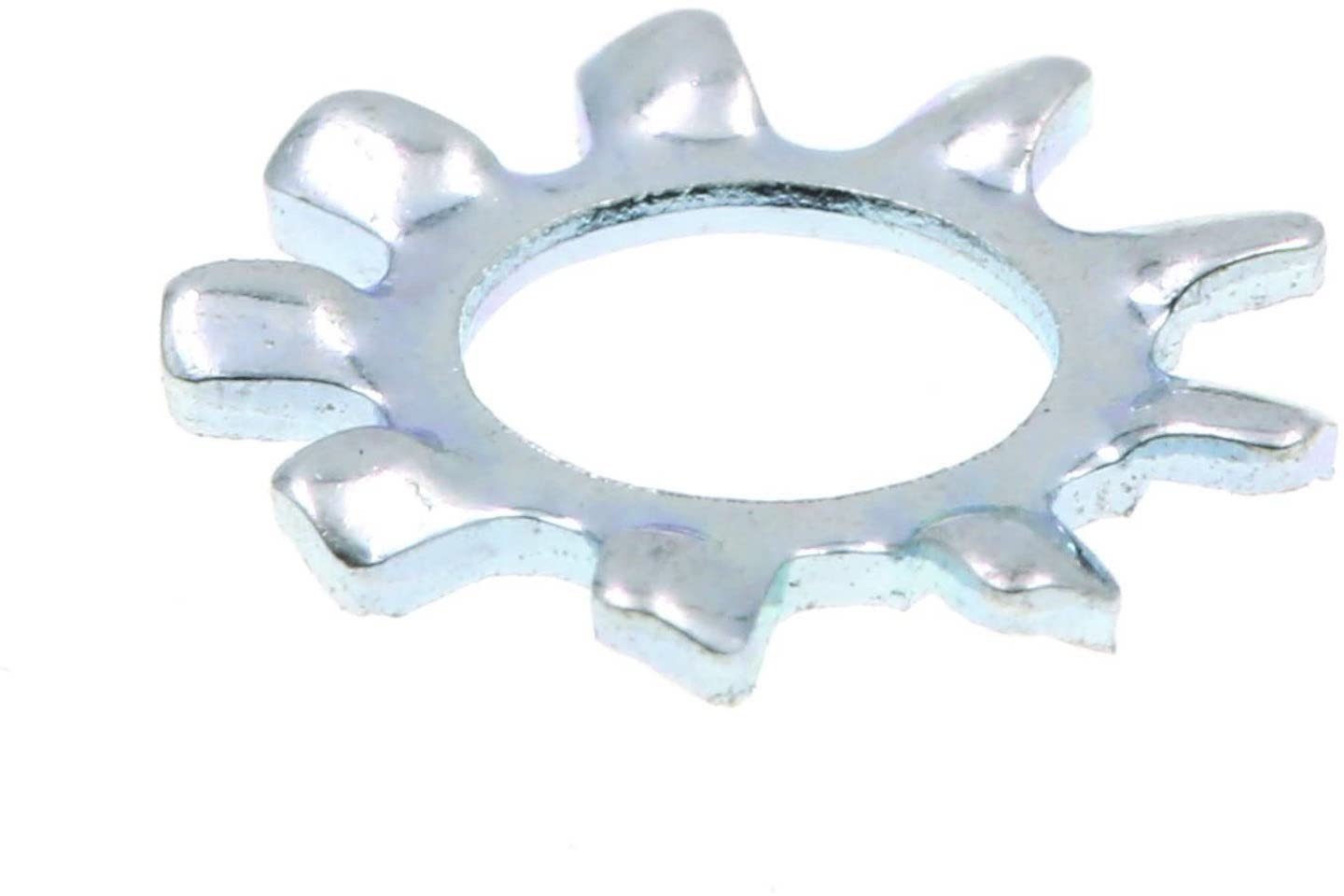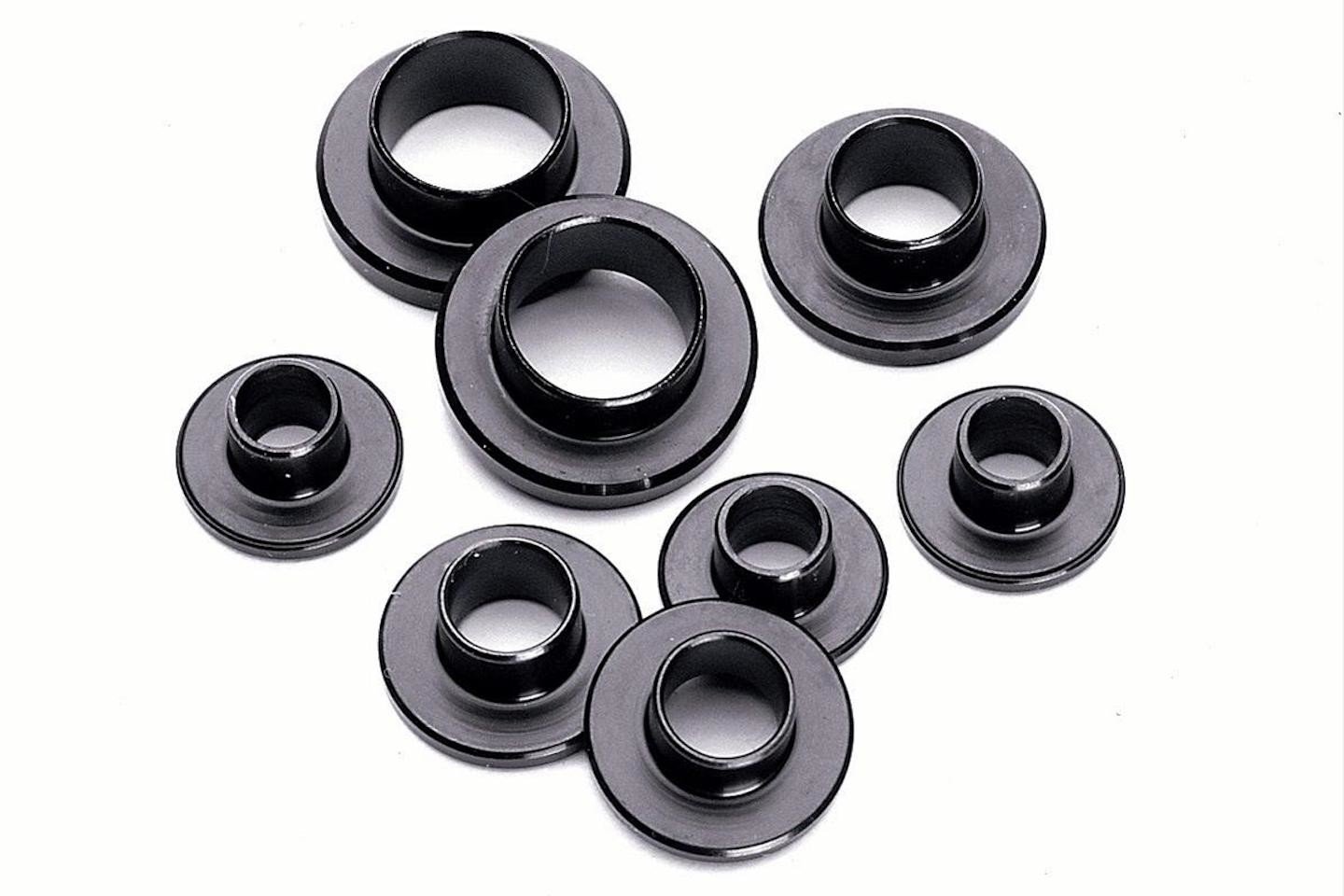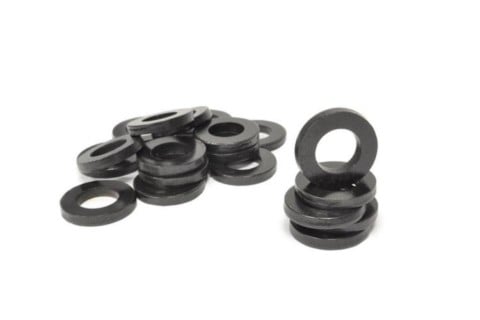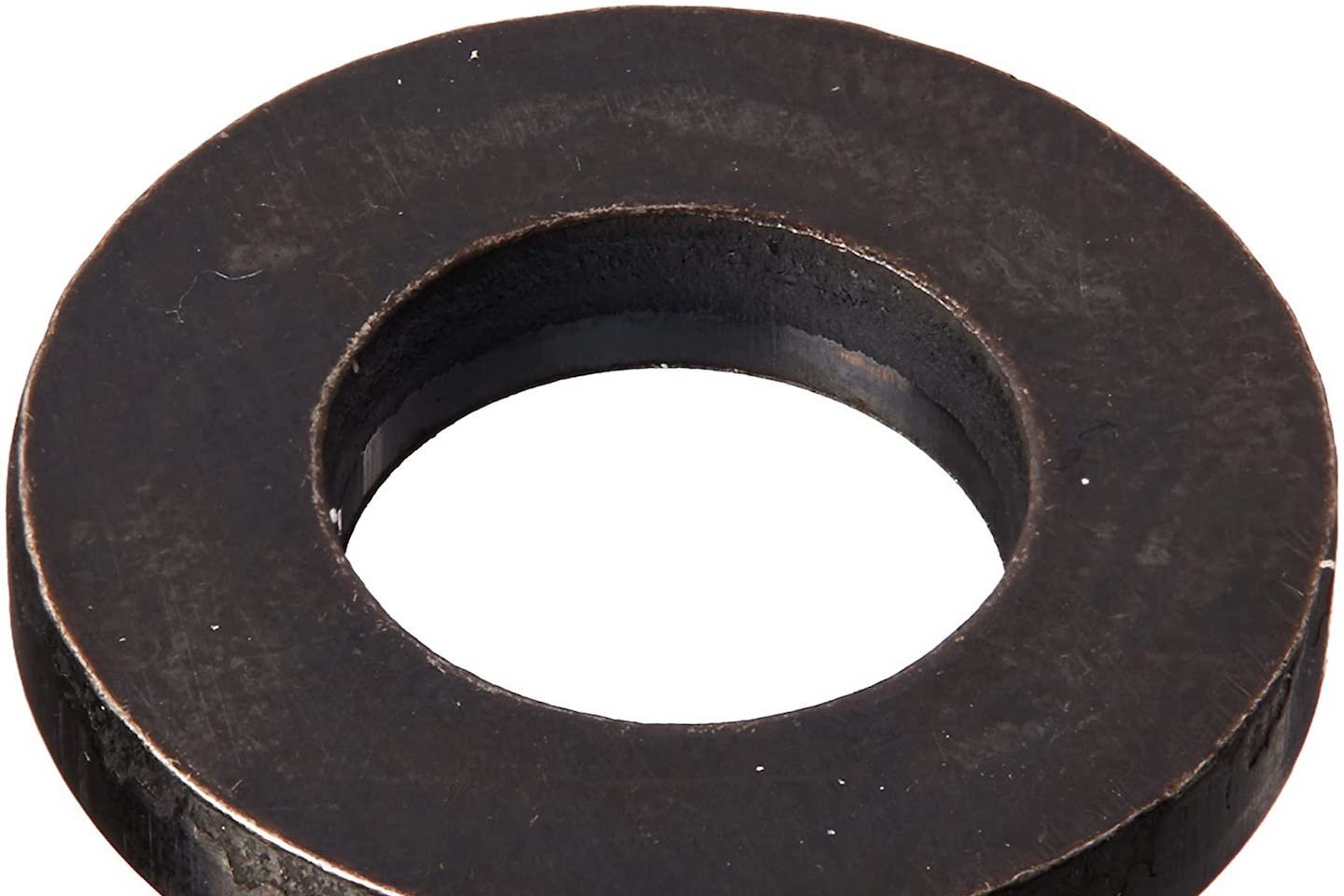Every mechanic has used them, but most don’t know how many different types of washers there are, what materials they are made of, and how to properly use them. Over the years, we have received numerous questions concerning washers, so a tech article sharing information on these hardware devices is long overdue.
We recently covered the art of making high-performance fasteners with Automotive Racing Products, Inc. (ARP), thoroughly covering the nuts and bolts of the subject. It is now time to pay respect to the fastener component that is often taken for granted, the humble washer.
In the following paragraphs, we will cover what washers are, the different types of washers, what they do, how they are made, where and when to use them – and yes, we will even discuss if washers are directional or not.
The Basics
Generally speaking, a washer is simply a disk-shaped, wafer-like plate with a hole in the center. While the design may sound primitive, washers actually provide a complicated task. They are commonly used to distribute the load of a threaded fastener, like a bolt or cap screw.
They can also be used as spacers — or in some cases — can be a wear pad, locking device, or even used to reduce vibration — like a rubber washer. The basic washer design features an outer diameter that is twice as large as the washer’s inner diameter.
Usually made of metal, washers can also be made of plastic or rubber — depending on the application. In machinery, high-quality bolted joints require hardened steel washers to prevent indenting the joint’s surfaces. This is called Brinelling. These small indentations can eventually lead to a loss of preload on the fastener, chattering, or excess vibration. As the condition continues, these movements can accelerate into other wear that is often defined as spalling or galling.
Washers also help prevent galvanic corrosion, a condition that exists when certain metals come in contact with each other. One metal acts as an anode, and the other as a cathode. To slow down or prevent this process from the beginning, a washer is used between the bolt or nut and the metal being joined.
The Basic Purpose
In addition to evenly distributing the pressure over the part being secured and reducing the chances of damaging the part, washers also provide a smooth surface for the nut or bolt. This makes the fastened joint less likely to loosen compared to an uneven fastening surface.
There are special washers designed to provide a seal, an electrical grounding point, align the fastener, hold the fastener captive, insulate, or provide axial pressure to the joint. We will discuss these special washers briefly in the text below.
We’ve also seen a couple of ways to improperly use washers as part of a fastened joint. There have been many instances where shade-tree mechanics have used bolts or nuts that are too small in diameter for the part they are joining. In these instances, the washer has an inner diameter that fits the bolt, yet, doesn’t allow the bolt head or nut to slide through the bore of the component that is being joined. This is begging for trouble and should never be attempted anywhere on a race car.
More commonly, mechanics will use a bolt that is too long, but lacking enough threads, which does not allow the joint to be tightened. Stacking a handful of washers on the shank as a spacer until the nut can be tightened should also be avoided. Choose the right bolt length. Using washers improperly can lead to damage or injury.
Types Of Washers
Generally speaking, there are several types of washers manufactured in the world today. Some are specifically made for use on wood joints while some are for plumbing purposes. When it comes to automotive needs, ARP’s R&D specialist, Jay Coombes, tells us there are only five types used in automotive maintenance. There is the plain washer (or flat washer), fender washer, split washer (or lock washer), star washer, and insert washer.
Interestingly, you will not find a split washer in ARP’s massive fastener offerings. “They’re primarily useful with small diameter fasteners in low load conditions,” Coombes explained. ARP tends to focus on high-performance racing fasteners that work under higher load conditions. There are variants of these types of washers that serve specific purposes, like the plain washer with serrations on the underside.
Plain Washers
A flat washer is the preferred intermediary between the head of a bolt (or nut) and the object being attached. Its primary purpose is to spread the load of a tightened fastener to prevent damage to the joining surface. “This is especially important with aluminum components,” Coombes says.
The American National Standards Institute (ANSI) has provided a set of standards for general use, plain washers calling for two types. Type A is defined as a washer with broad tolerances where precision is not critical. Type B is a flat washer with tighter tolerances where the outside diameters are categorized as narrow, regular, or wide for their respective bolt sizes (inner diameter).
As we mentioned before, washers are more complicated than a simple explanation from one organization. In fact, there are several. The Society of Automotive Engineers (SAE) categorizes plain washers in material thickness, with smaller inside and outside diameters compared to how the United States Standards (USS) organization has defined flat washers.
The USS standards are the standards of inch-based washers. This organization characterizes a washer’s inside and outside diameter to accommodate coarse or larger bolt threads. USS washers are often used in automotive applications. With three organizations specifying three different standards for plain washers, clearly, washers are more complicated than its simple appearance would lead anyone to believe.
According to ARP’s Coombes, “The size and quality of the washer itself merits close consideration. It should have sufficient thickness and size to properly distribute the load.” Coombes adds, “It’s also very important that the washer is parallel ground and perfectly flat for those crucial applications with higher torque loads. Anything else can cause unequal preloading.”
Fender Washer
These are washers that have an extra-large outside diameter in proportion to its central hole. It is also designed to distribute the clamping force, but due to the larger size, the load is broadcast over a larger area. For many years, these washers were used to attach fenders to vehicles, hence the name. Fender washers may have a larger outer diameter, but are typically made from thin-gauge material.

Split washers have axial flexibility and are used to prevent loosening due to vibration. Photo from www.amazon.com.
Split Washer
Split washers, also called spring or lock washers, have axial flexibility. These are used to prevent loosening due to vibration. The concept behind split washers is simple: It acts like a spring to put pressure on the object being attached and the head of the bolt or a nut.
ARP does not manufacture these washers because most fasteners that play key roles in the engine, drivetrain, chassis, and suspension are tightened to a specific torque spec, applying the proper clamping force. There is little to no chance of the fastener loosening without using a tool.
Most engineers agree that a spring washer — when torqued to higher specifications — will stretch to some degree. When that happens, the split washer will lose its tension and can even disrupt accurate preloading the fastened joint.

Star washers have serrations that extend radially inward or outward to bite into the substrate surface to prevent a fastener from loosening. Photo from www.amazon.com.
Star Washers
Star washers serve almost the same purpose as a split washer. They are intended to prevent a fastener from loosening. These are washers with serrations that extend radially (inward or outward) to bite into the surface of the component. By design, they are supposed to “dig in” to the bolt head/nut and the substrate to prevent the fastener from loosening. Star washers are typically used with smaller bolts and screws associated with electrical components.
Preventing rotation, and thereby affecting preload accuracy, has prompted ARP to manufacture special washers that are serrated on the underside. The idea is for them to grip the item being attached and provide a stable platform.
Another special washer manufactured by ARP is the insert-type washer. They are designed to protect the top of holes to prevent galling or the top of the hole collapsing. Common uses include cylinder heads, chassis components, and other high-wear areas that require a washer.
Final Thoughts
It’s important to note that lubrication plays a key role in accurate preloading. In addition to putting a lubricant on the threads of a fastener, it’s recommended to put a small amount on the underside of the bolt head (or nut) or the top of the washer. Never lubricate the underside of the washer (unless installation instructions say otherwise) as you don’t want it to rotate.
Paying attention to proper washer usage and lubrication is something that merits the consideration of all race teams.






















